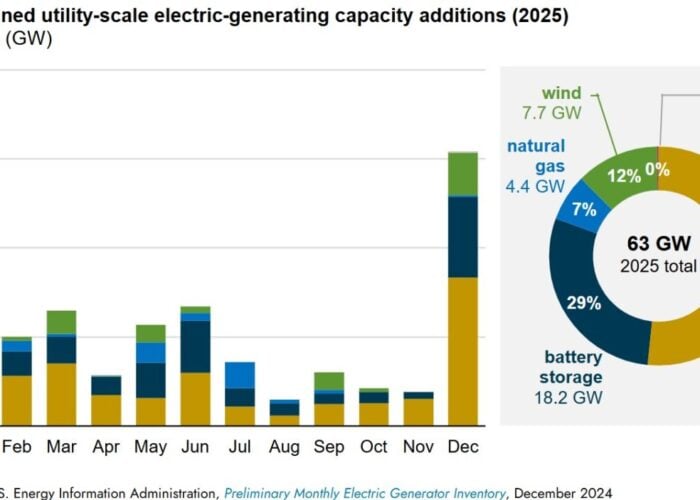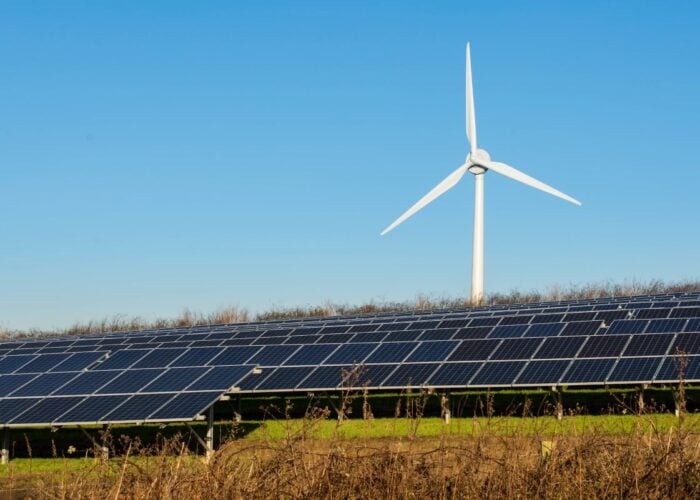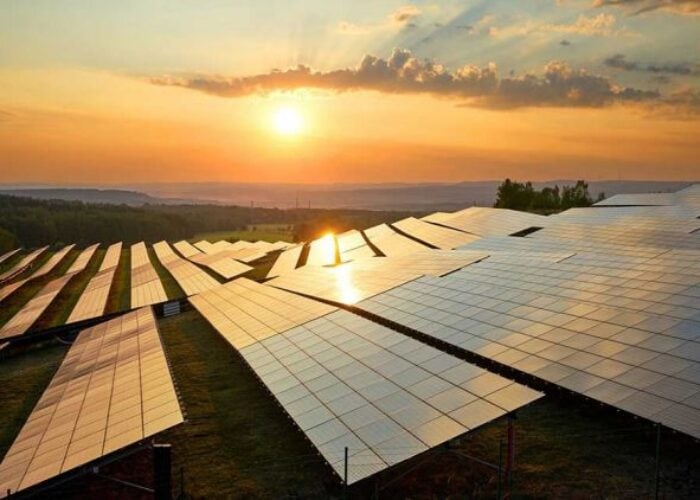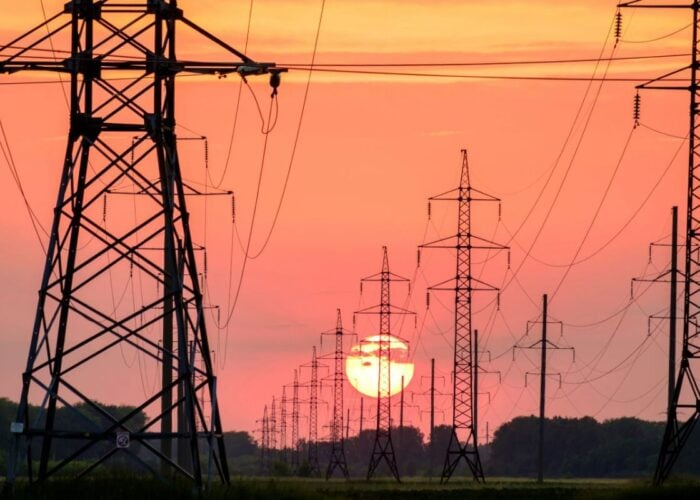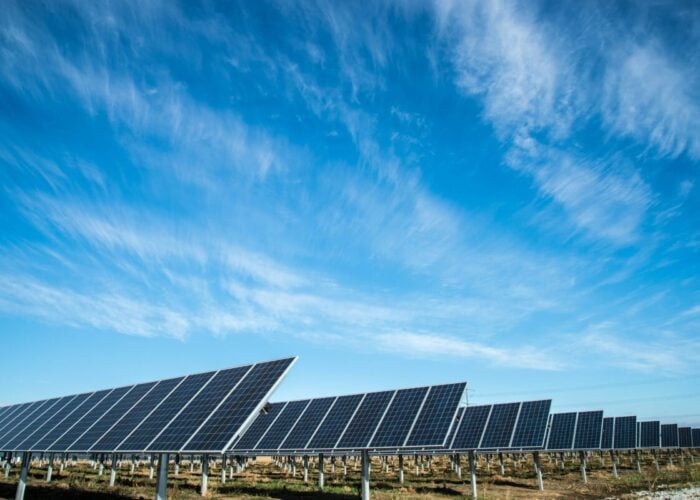
Solar plants in the US produced 21.7% more electricity in January this year than they did in 2020, accounting for 2.4% of the country’s entire electricity mix.
That’s according to data released by the Federal Energy Regulatory Commission (FERC) and the US Energy Information Administration (EIA), which both showed a rapid scaling up of renewable energy’s contribution to the electricity mix at the start of the year.
Unlock unlimited access for 12 whole months of distinctive global analysis
Photovoltaics International is now included.
- Regular insight and analysis of the industry’s biggest developments
- In-depth interviews with the industry’s leading figures
- Unlimited digital access to the PV Tech Power journal catalogue
- Unlimited digital access to the Photovoltaics International journal catalogue
- Access to more than 1,000 technical papers
- Discounts on Solar Media’s portfolio of events, in-person and virtual
Or continue reading this article for free
The figures show that solar and wind are “on track to provide a quarter of the nation’s electrical generation and possibly a third of its capacity within the next five years”, said Ken Bossong, executive director of the non-profit trade association the Sun Day Campaign, which published its own analysis of the data this week.
The EIA’s Electric Power Monthly report reveals that small-scale and utility-scale PV systems’ electricity production rose 23.1% and 18.8% respectively for the first month of 2021. Including other green energy sources such as wind, biomass, geothermal and hydropower, renewables grew by 6.3% year on year, and made up just over a fifth (20.2%) of electricity production in the US in January, up from 19.6% in 2020.
FERC’s data, meanwhile, suggests that there is a “high probability” that solar capacity additions could grow by as much as 37,928MW within the next three years. That statistic will not come as much of a surprise to regular readers, given how recent analysis published by trade body the Solar Energy Industries Alliance and research group Wood Mackenzie revealed that 19.2GW of new solar was installed last year, with additions this year and in 2022 expected to top 20GW.
Wind and solar combined, FERC’s report said, are forecast to provide nearly four times (3.97%) as much new generating capacity as natural gas by 2024. The commission’s figures estimate that renewable energy capacity would account for more 28.3% of the US’ total power capacity by 2024, with wind and utility-scale solar accounting for a fifth (18.72%) of this.
The Sun Day campaign’s analysis suggests that renewables’ share in the power mix could be higher still, as FERC has been “regularly increasing” its renewable energy projections in monthly infrastructure reports. The campaign group found last month that solar PV power capacity installations outstripped that of natural gas last year, accounting for 29.7% of new additions.
Bossong said the strong growth of solar and wind shows “no sign of abating with the start of a new year.”


